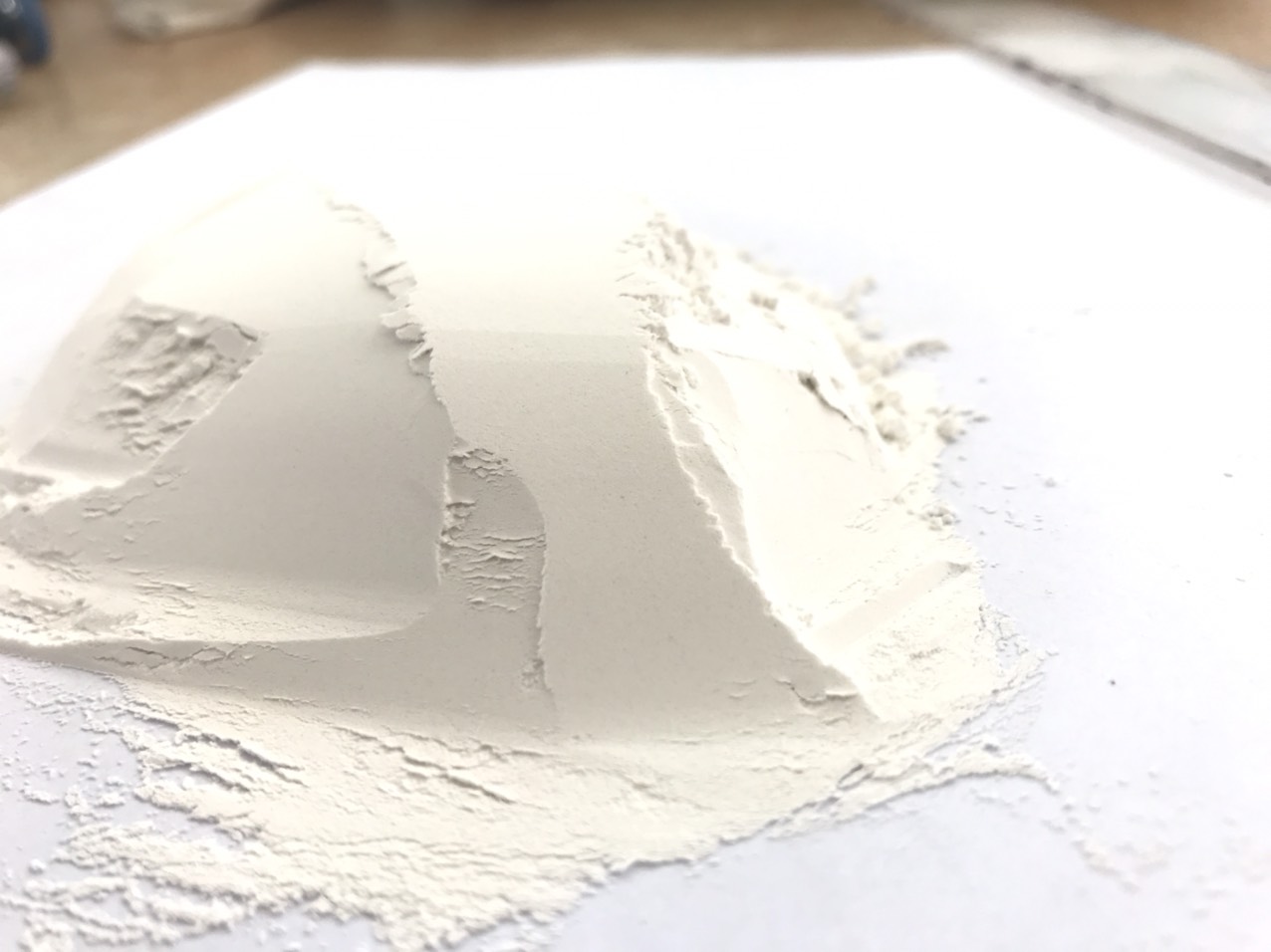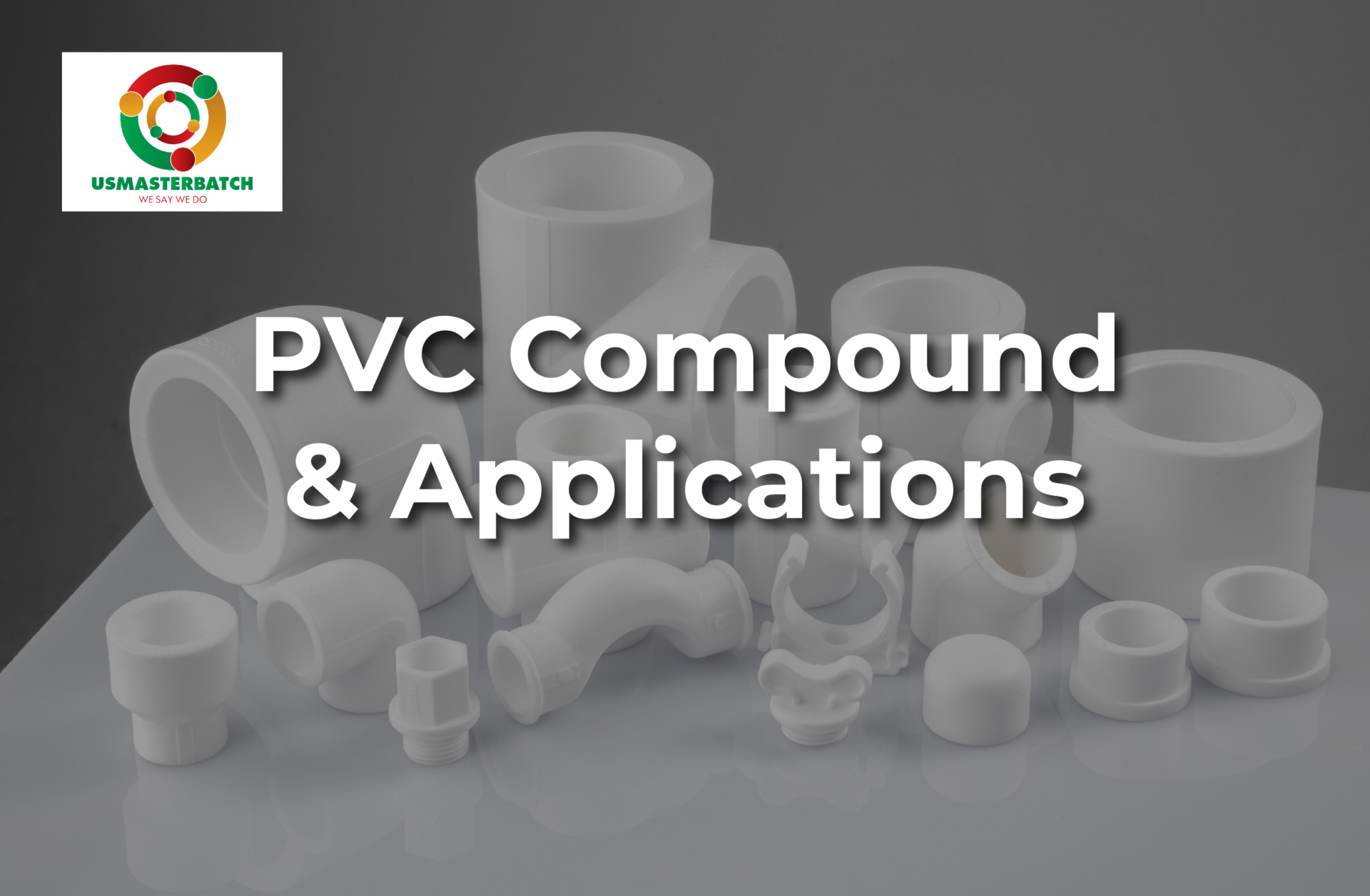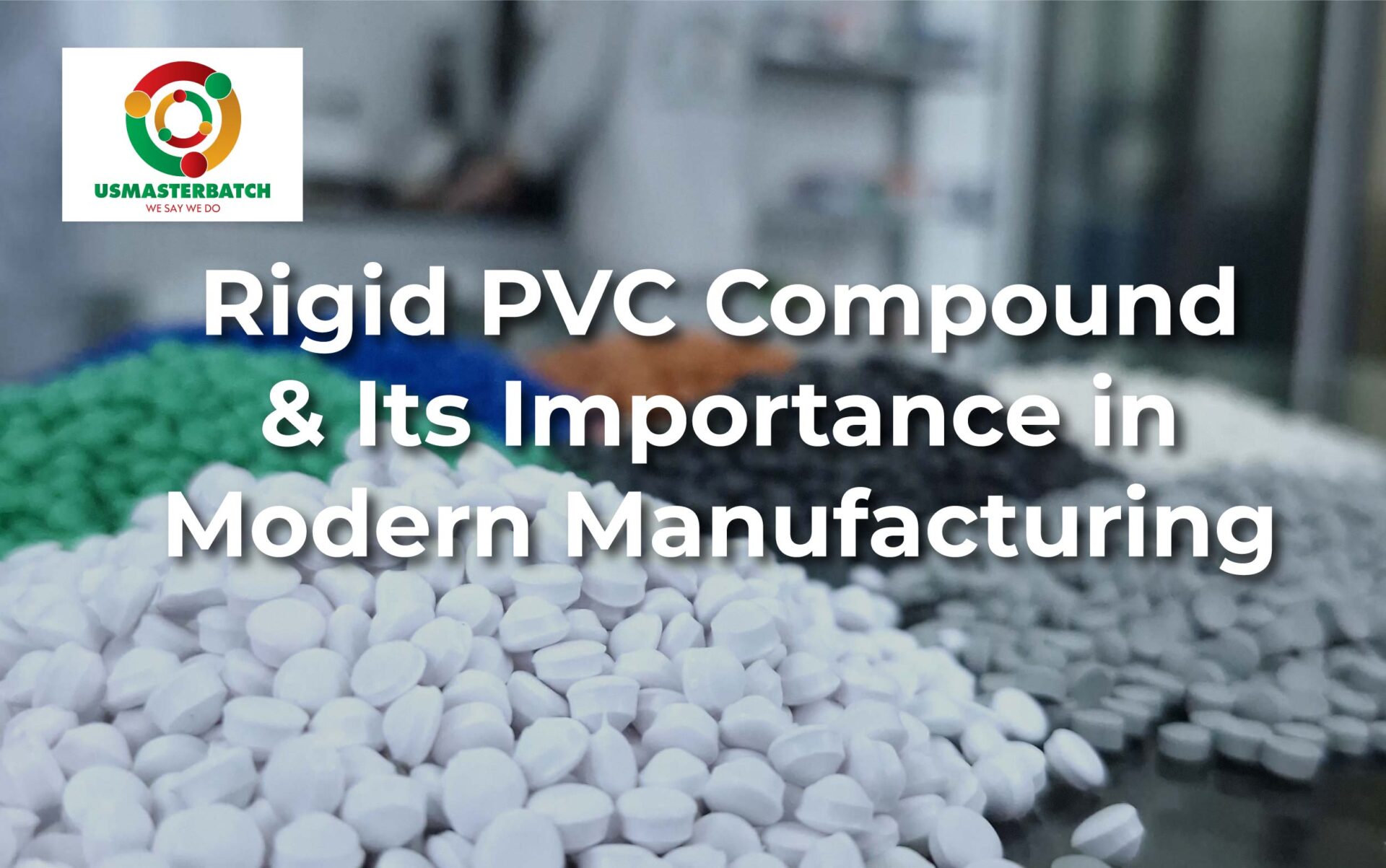Chemical Composition of PVC
Certainly! Polyvinyl chloride (PVC) compounds are widely used in various industries due to their versatility, durability, and cost-effectiveness. Understanding the chemical composition of PVC compounds is crucial to grasp their properties and applications. Here’s an article discussing the chemical composition, elements involved, and their roles in PVC compounds.
Chemical Composition of PVC Compounds and Their Functional Roles
Polyvinyl chloride (PVC) is a synthetic polymer composed primarily of carbon, hydrogen, and chlorine atoms. The basic chemical formula for PVC is (-CH2-CHCl-)n, where ‘n’ represents the number of repeating units in the polymer chain.
1. Vinyl Chloride Monomer (VCM): The primary raw material used in the production of PVC is vinyl chloride monomer (VCM). VCM is a colorless gas with a sweet odor, consisting of two elements – carbon, hydrogen, and chlorine. Through a process called polymerization, VCM molecules undergo a chain reaction, linking together to form the PVC polymer chain.
2. Chlorine (Cl): Chlorine is a key element in PVC compounds, comprising around 56% by weight. The incorporation of chlorine into the PVC molecule enhances its flame resistance, chemical stability, and durability. The presence of chlorine atoms along the polymer chain helps PVC withstand heat and flame without sustaining combustion.
3. Carbon (C) and Hydrogen (H): Carbon and hydrogen are fundamental constituents of the PVC compound, contributing to the backbone of the polymer structure. Carbon atoms form the backbone of the PVC chain, providing strength and stability, while hydrogen atoms are interspersed between carbon atoms.
4. Plasticizers: PVC compounds often contain plasticizers to improve flexibility and workability. Common plasticizers include phthalates or adipates, which are added in small amounts to modify the rigidity of PVC and make it more pliable for various applications. Plasticizers disrupt the polymer chains, reducing intermolecular forces and allowing the PVC to bend without breaking.
5. Stabilizers: Stabilizers play a crucial role in preventing PVC degradation during processing and throughout its lifespan. Heat, light, and external factors can lead to PVC degradation, resulting in discoloration, brittleness, and reduced mechanical properties. Stabilizers like lead-based or calcium-based compounds are added to PVC formulations to protect the polymer against degradation caused by heat and UV radiation.
6. Fillers and Additives: Fillers such as calcium carbonate or titanium dioxide may be incorporated into PVC compounds to enhance specific properties like strength, opacity, or flame resistance. Additionally, additives like impact modifiers, lubricants, and colorants are included in PVC formulations to further tailor its properties for diverse applications.
Conclusion: In summary, the chemical composition of PVC compounds primarily comprises carbon, hydrogen, and chlorine atoms. The incorporation of these elements, along with additives and modifiers, imparts a wide range of properties to PVC, making it a versatile and widely used material across industries such as construction, automotive, healthcare, and more.
Understanding the roles of each element and additive in PVC composition is essential for optimizing its properties and ensuring its suitability for various applications while considering environmental and health-related concerns associated with certain additives.
Remember to corroborate this information with reliable sources and scientific literature for a comprehensive understanding of PVC compounds’ chemical composition and their roles.
Contact for more!
Phone/Whatsapp: +84 984 778 391
Email: neil@usmasterbatch.com










